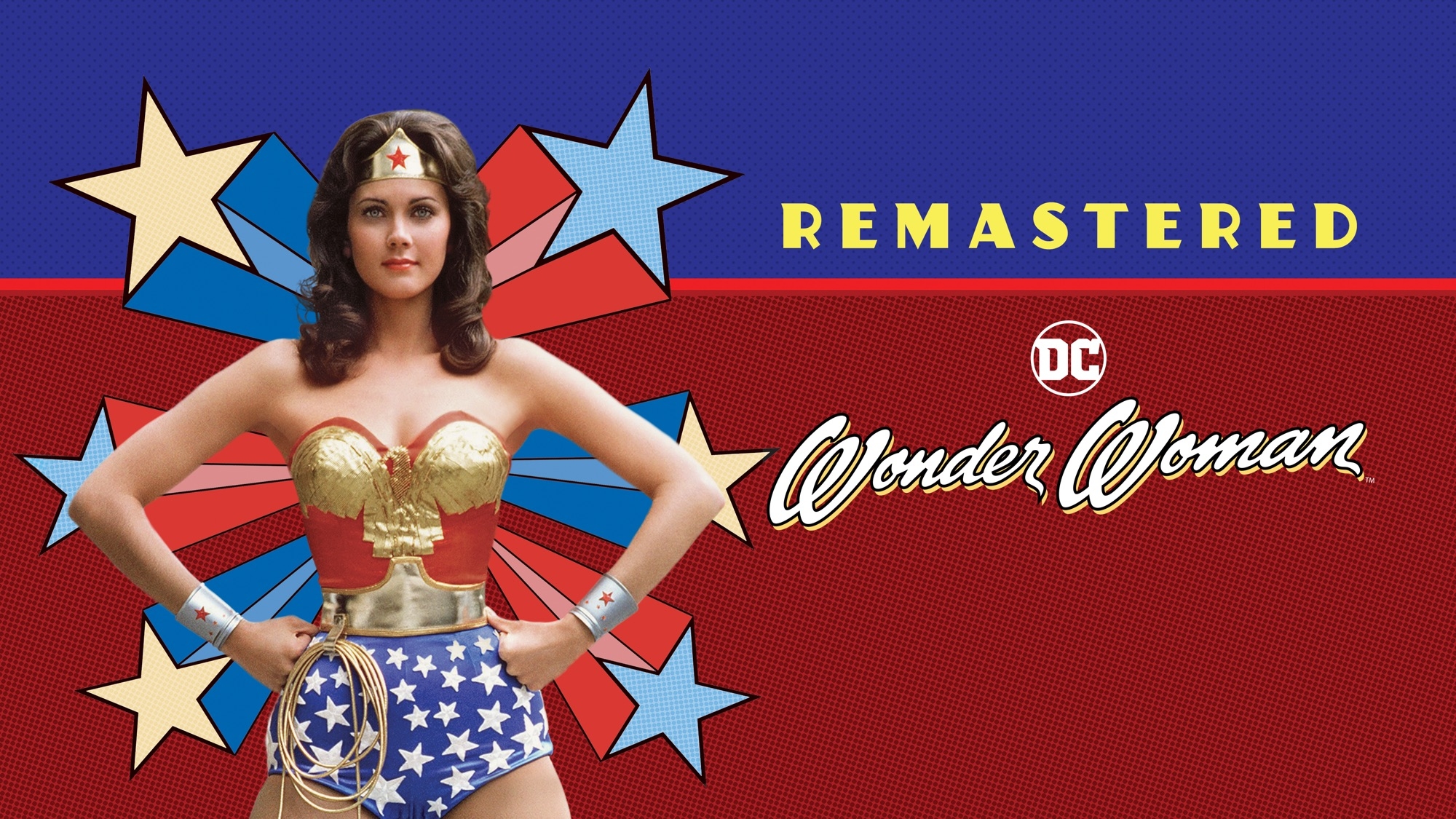

But the cast around her was replaced, with the exception of Lyle Waggoner, who played Steve Trevor in Season 1. Princess Diana still looked the same, thanks to her Amazonian biology. Thanks to these backdoor negotiations, when Wonder Woman returned to TV with her 2nd season, some 30-odd years were shown to have passed since the events of Season 1. to pitch the show to CBS, which could use a time-jump to bring Wonder Woman into the modern era. "It was a fresh approach," explained Douglas Cramer, the show's executive producer, "which CBS thought would reach a wider audience." " believed the WWII storylines were too limiting," Carter stated in an interview with Starlog Magazine. "They thought if we took it into the 1970s, there would be more to explore, from a creative standpoint." Eventually, talks broke down, and ABC passed on picking up the show for another season. After both these projects failed to generate sufficient interest, the studio decided to make the much more faithful adaptation of the "Wonder Woman" comics starring Lynda Carter. The pilot for the series, titled "Who's Afraid of Diana Prince?" features Ellie Wood Walker as Diana Prince, and is a straight-up comedic take on the character.

She plays a blonde super-spy named Diana, who exhibits no superpowers and lacks most of the character's backstory from the comics.Įven so, this 1974 TV movie was still better than a previous attempt at a live-action "Wonder Woman" series in 1967. One of the first attempts at this venture resulted in the 1974 television film "Wonder Woman," which stars former professional tennis player Cathy Lee Crosby. decided to try to bring "Wonder Woman" to the small screen, they attempted to make her more palatable to general audiences. It also did not help that Wonder Woman has one of the strangest backstories in the superhero world, which involves Amazons, Greek gods, bondage, and Nazis.


 0 kommentar(er)
0 kommentar(er)
